A clean pipe always brings a better smoke. Leftover tobacco and moisture ruin flavor and wear down the pipe over time. Learning how to clean your pipe correctly protects the bowl, ensures steady airflow, and makes every session more enjoyable.
If anyone asks how to clean a pipe or how to clean out a pipe after use, the answer lies in regular maintenance and correct tools.
Cleaning after each use helps preserve the pipe and protects the natural flavor of the tobacco. Knowing how to clean a smoking pipe properly adds to the smoking ritual.
Pipe cleaning also saves money by preventing damage that leads to early pipe replacement.
Let's explore how to clean a pipe bowl, stem, and shank using the correct steps.
Step 1: Always Clean the Pipe After Every Smoke
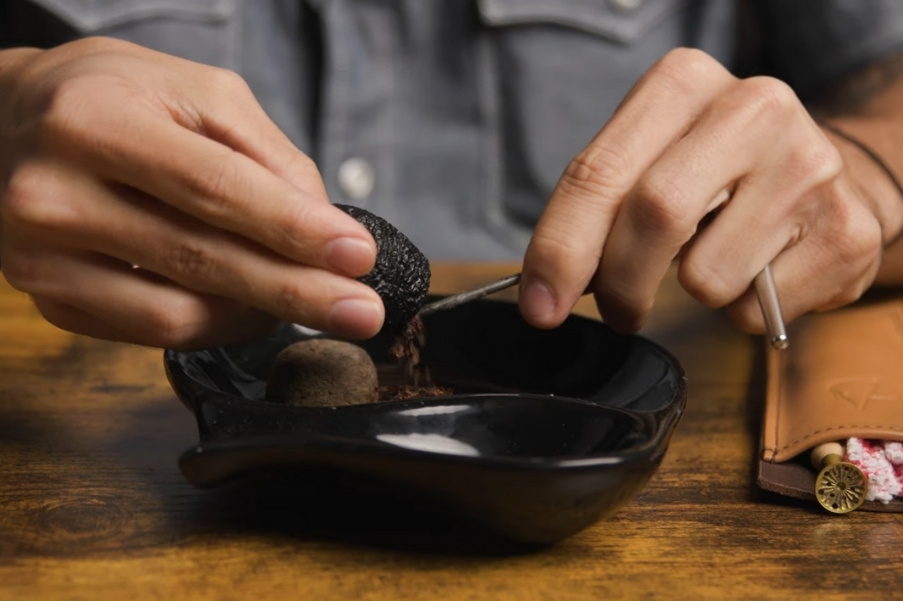
Cleaning the pipe after each session keeps airflow smooth and flavor pure. Ash, tar, and moisture inside the chamber degrade taste and airflow. Anyone serious about how to clean pipe properly should always begin with this routine.
Let the pipe cool completely before cleaning. Removing the stem while the pipe is still hot can cause the tenon or the stem to break due to the expansion of briar wood.
After every session, wipe down the bowl, clean pipes thoroughly, and remove loose ash. This habit ensures every smoke delivers rich flavor and smooth draw.
Use this chance to learn how to clean a pipe smoke session properly-never leave residue behind.
Step 2: Disassemble the Pipe Only When Cool
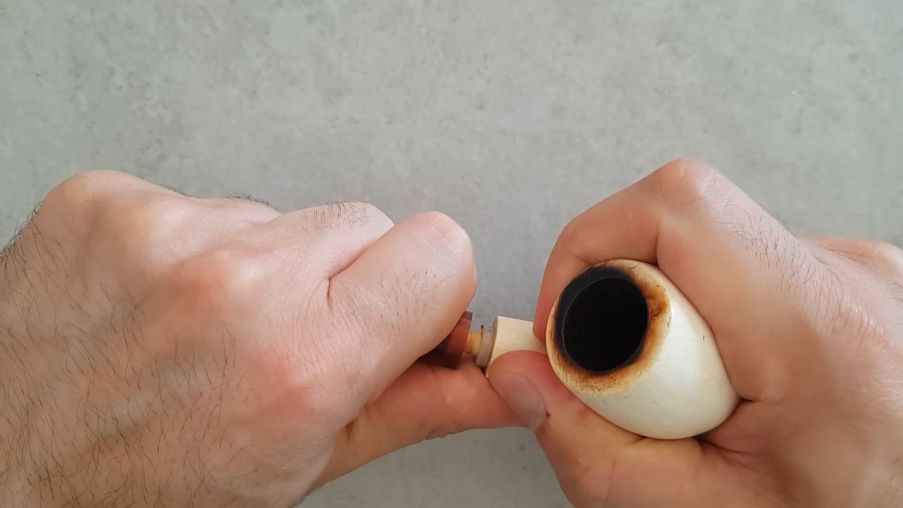
Once the pipe cools, gently remove the mouthpiece. Always twist, never pull straight. That motion protects the tenon from stress and keeps the fit tight over time.
Disassembling helps reach hidden tar and moisture. Cleaning each part individually ensures better airflow and a cleaner taste.
This is especially important for different pipe shapes, as certain designs-like bent or full-bent styles-tend to trap more moisture in the shank and stem curves.
Every guide on how to clean pipe bowl interiors will always start with this simple but essential disassembly.
Always handle both parts with care, especially just after smoking. Even experienced pipe smokers need reminders about this.
Many who want to know how to clean a smoking pipe with filters ignore this part. Never leave a filter in for long periods. That turns the pipe sour and clogs airflow.
Step 3: Use a Pipe Cleaner for the Mouthpiece and Shank
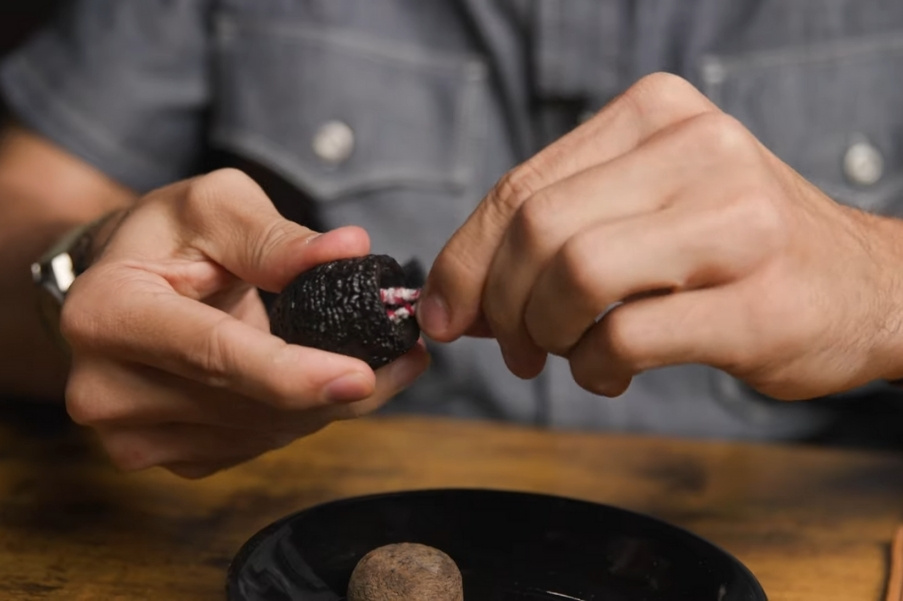
Insert a dry pipe cleaner into the stem and run it through fully. Move it back and forth. If it comes out dirty, repeat with a fresh one. Always keep a pack of pipe cleaners for pipes ready, as a smoker should have them.
Repeat the process with the shank. That's the most common place where tar and moisture collect. Proper pipe cleaning here prevents airflow problems and helps avoid bitter smoke.
The importance of this step cannot be overstated. Skipping it leads to overheating, blocked airways, and uneven draw.
To master how to clean out a pipe completely, never skip the shank.
Step 4: Wipe the Bowl Without Damaging the Carbon Layer
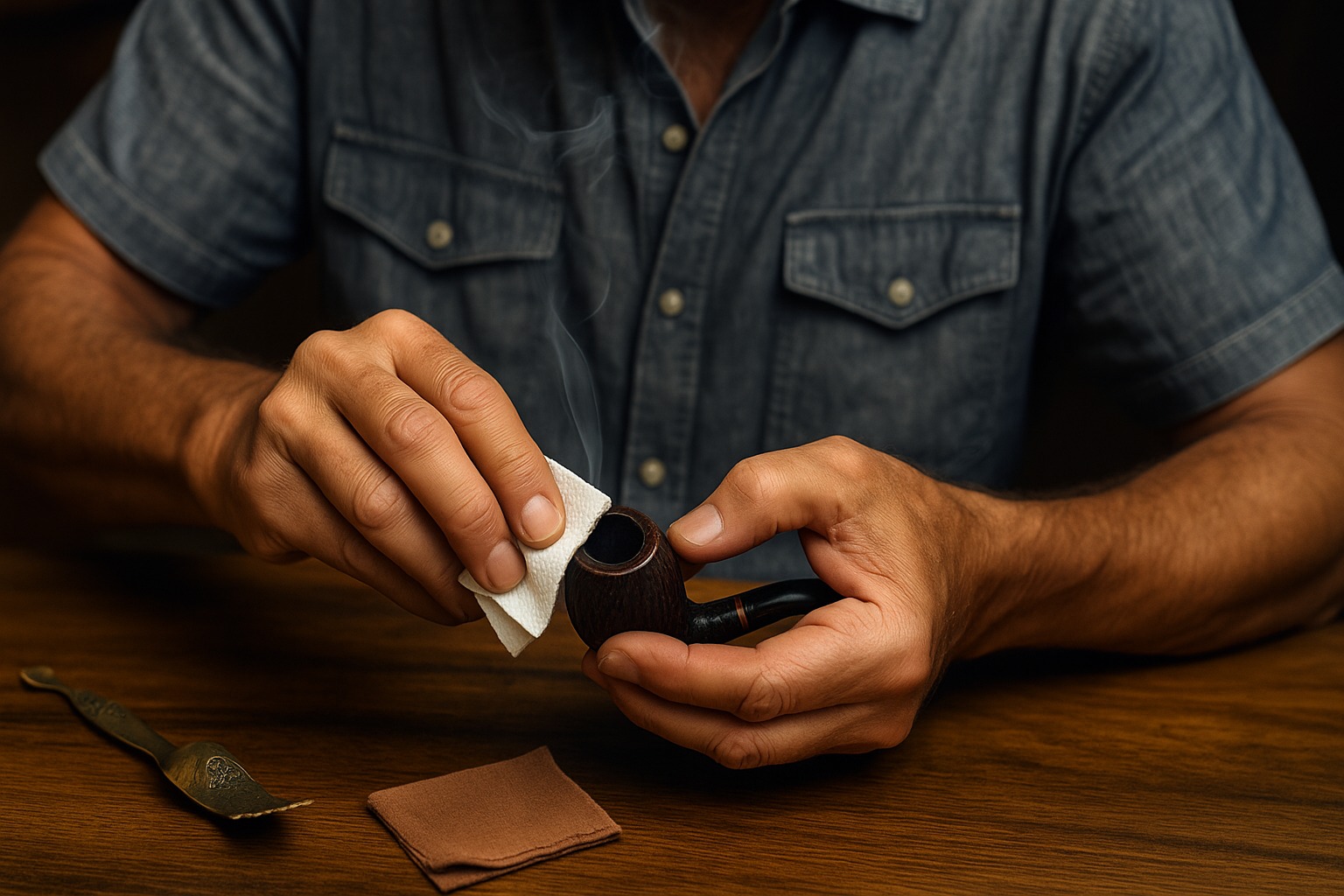
A thin carbon layer lines the bowl over time. It protects the briar and improves the burn. Cleaning this area is vital for those learning how to clean a pipe bowl safely.
Use a soft paper or the tip of a pipe cleaner. Do not scrape. Do not press. Never use metal or pointed tools inside the bowl. Gentle motion is enough to remove loose ash while keeping the carbon intact.
That layer is key to the pipe's performance. Any guide on how to clean bowl pipe interiors must emphasize preservation over aggression.
If the carbon wall gets scratched or removed entirely, heat damage to the briar may follow.
Step 5: Use a Pipe Cleaner to Absorb Moisture After Cleaning
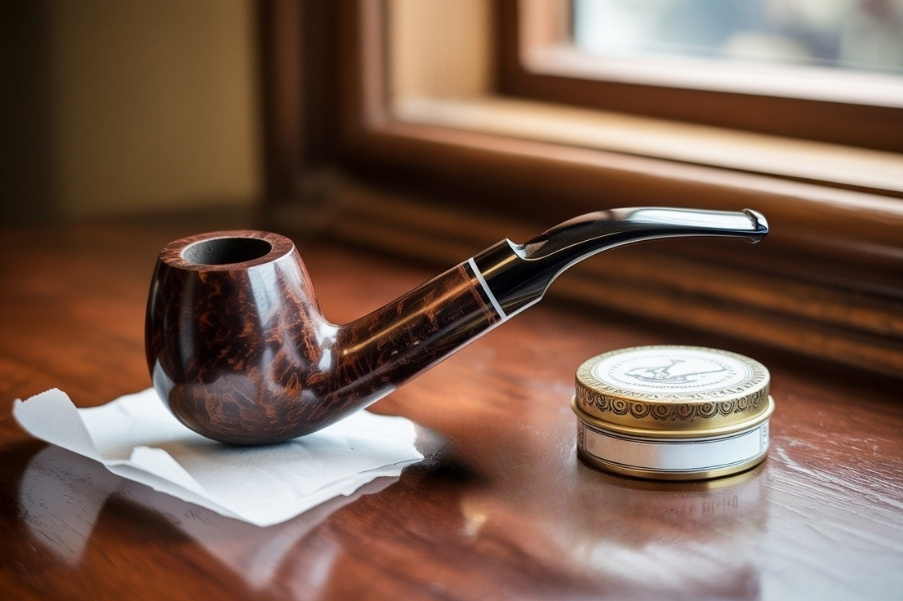
After brushing and wiping the pipe, place a clean pipe cleaner into the shank and leave it there for one to two hours.
This step absorbs trapped moisture and prevents odor buildup. Moisture ruins flavor and encourages mold growth if not removed. Those curious about how to clean a pipe smoke session fully should focus on drying the airway each time.
Never store a wet pipe. Never reassemble while damp. Proper drying completes the process.
Never Soak the Pipe in Whisky or Spirits
When Fabio began working over 30 years ago, many smokers believed that soaking a pipe in whisky or cognac gave it a unique aroma. That belief was common and often passed down by habit.
However, soaking a pipe in alcohol causes damage. Briar wood has natural pores that regulate heat and draw. Alcohol expands those pores and reduces the pipe's cooling ability.
This method ruins the pipe's interior and alters the flavor permanently. Anyone interested in how to clean a pipe correctly should avoid this mistake completely.
Soaking does not season the wood-it destroys it.
When to Use Alcohol for Deeper Cleaning?
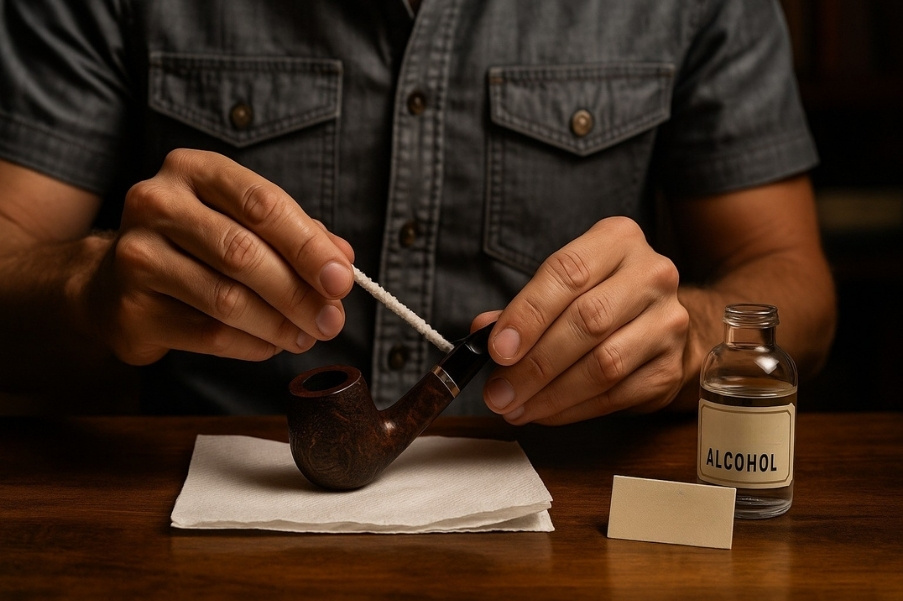
Alcohol works only when deep tar buildup ruins taste. If the smoke feels sour, harsh, or bitter, that means there is trapped residue that regular pipe cleaning did not remove.
Using alcohol helps dissolve those deposits. But this method must never be regular. Only apply it when nothing else works.
Choose a neutral spirit like denatured alcohol. Never use rubbing alcohol with additives. Never pour any alcohol directly into the pipe.
Dampen a pipe cleaner and run it through the shank and stem. Do not touch the bowl interior with it.
Let the pipe dry completely afterward. Always wait at least 24 hours before smoking again.
For those asking how to clean a pipe bowl during deep cleaning, avoid touching the bowl wall with alcohol. Stick to airway cleaning only.
Trim the Carbon Layer When It Gets Too Thick
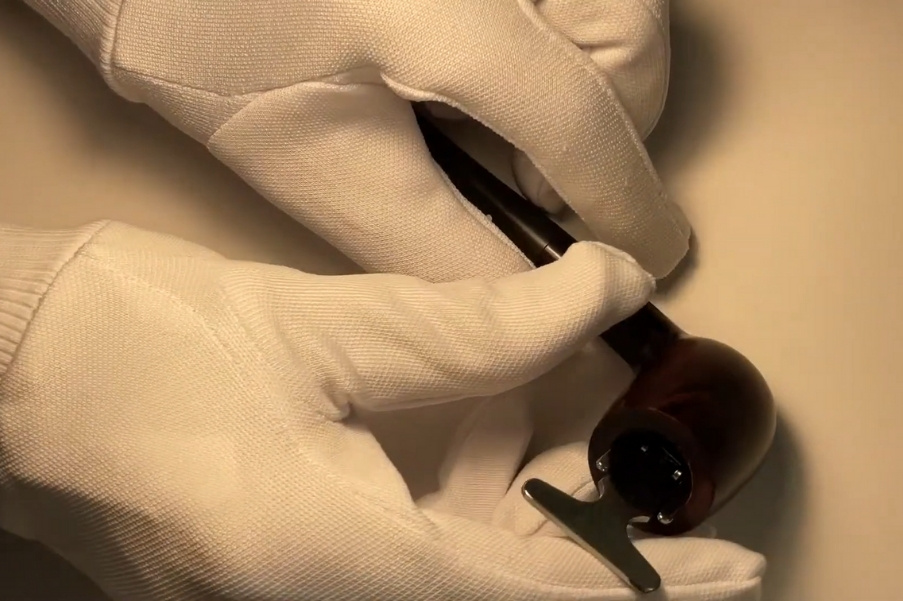
A thin carbon wall is good. A thick one is dangerous. It narrows the bowl and causes uneven burning. If the chamber's diameter shrinks or the pipe overheats, trimming is necessary.
Use a pipe reamer. This tool removes excess carbon without damaging the briar.
There are two types:
-
Fixed-diameter reamers (for advanced users who know their bowl size)
-
Adjustable reamers (safer and easier for most smokers)
Target thickness: 1.5 mm to 2.0 mm. Anything more affects airflow and heat distribution.
When someone asks how to clean pipe bowl interiors with precision, this trimming step is the answer.
Never remove the entire layer- just trim down to the ideal level.
Fading Shine Is Normal
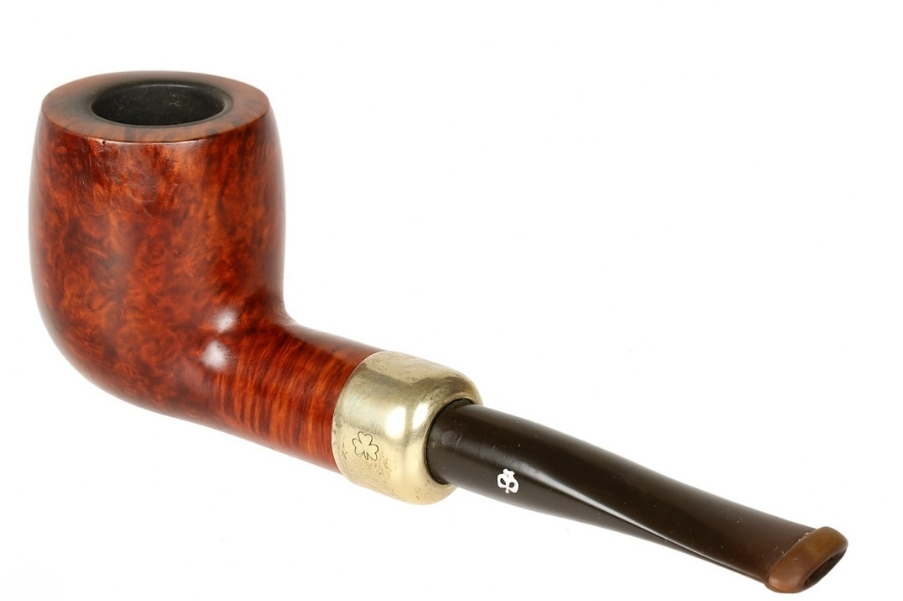
Over time, the outer finish of a pipe fades. Smoking, heat, and cleaning cause this. The wood loses shine, especially on smooth finishes.
This does not harm performance. Still, some prefer to restore the look.
Use polish made for briar wood or ebonite. Avoid anything with abrasives. Apply using a soft cloth. Clean pipes that look sharp feel better in hand and make the experience more personal.
Only polish when necessary. Too much polish can damage the finish or clog pores.
Learning how to clean your pipe goes beyond the bowl and stem-appearance matters to many collectors.
Extra Step: How to Clean a Pipe with a Filter?
Some tobacco pipes use filters. That changes the cleaning method slightly.
Remove the filter after each smoke. Do not reuse. Insert a pipe cleaner into both stem and shank. If the filter type allows partial reuse, dry it thoroughly before placing it back.
Filters absorb moisture and tar but must be changed often. Leaving a wet or used filter inside ruins the taste.
Many who want to know how to clean a smoking pipe with filters ignore this part. Never leave a filter in for long periods. That turns the pipe sour and clogs airflow.
Bonus Tip: Salt and Alcohol Method (for Severe Cases)
For pipes with years of buildup or ghosting (flavor lingering from past tobaccos), use the salt-and-alcohol method.
-
Fill the bowl with kosher salt
-
Pour just enough neutral alcohol to saturate the salt
-
Let it sit for 8 to 24 hours
-
Remove the salt and wipe clean
This pulls out deep residue from the bowl without harming the briar. Always let the pipe dry fully for at least a day.
Never use this method unless other cleaning fails. Those wondering how to clean bowl pipe interiors after extreme use often turn to this solution.
Pipe Cleaning Tools Checklist
For best results, always keep the following:
-
Pipe cleaners for pipes (soft and bristle)
-
Pipe reamer (adjustable preferred)
-
Soft cloth for polishing
-
Pipe-specific polish for shine
-
Denatured alcohol (for deep cleaning only)
-
Paper towels or cotton swabs
-
Kosher salt (for advanced cleaning methods)
Every smoker curious about how to clean out a pipe fully should have these nearby.
Frequently Asked Questions (FAQ)
View this post on Instagram
How often should I clean a pipe?
Clean after every session. For regular smokers, perform deep cleaning every two to three weeks. For occasional smokers, monthly deep pipe cleaning may be enough.
Can I use household cleaners?
No. Never use bleach, vinegar, or scented cleaners. Those harm the pipe and leave residues.
What if the draw feels tight?
Check for tar in the shank or stem. Run a pipe cleaner through. Repeat until it passes freely.
What is the best way to dry a pipe?
Let it rest in open air. Insert a dry pipe cleaner into the shank for 10 minutes after cleaning. Always wait 24 hours after deep cleaning with alcohol.
Can I use tap water?
No. Never rinse a pipe with water. Moisture ruins briar wood and causes swelling or cracking.
What is ghosting in a pipe?
Ghosting happens when strong tobacco flavors stay in the bowl. Use the salt-and-alcohol method to clear those flavors.
Final Thoughts
Knowing how to clean a pipe bowl and how to clean out a pipe correctly transforms the smoking experience. Each part of the process matters-from wiping the bowl to drying the airway.
Never skip cleaning. Never rush. Learn how to clean pipe properly, and every smoke will deliver better flavor and longer pipe life.
Forget myths like soaking pipes in whisky. Trust experience, tools, and routine maintenance. Fabio's early work showed why traditional habits must evolve to protect high-quality pipes.
Use pipe cleaners for pipes often. Follow correct steps after every smoke. Understand how to clean your pipe without damaging the carbon layer.
Clean pipes speak for themselves. The smoother the draw, the better the taste. With proper care, every pipe will give you years of steady performance.




By Paolo Gasparini 02/17/2025 12:21:35
Vorrei imparare